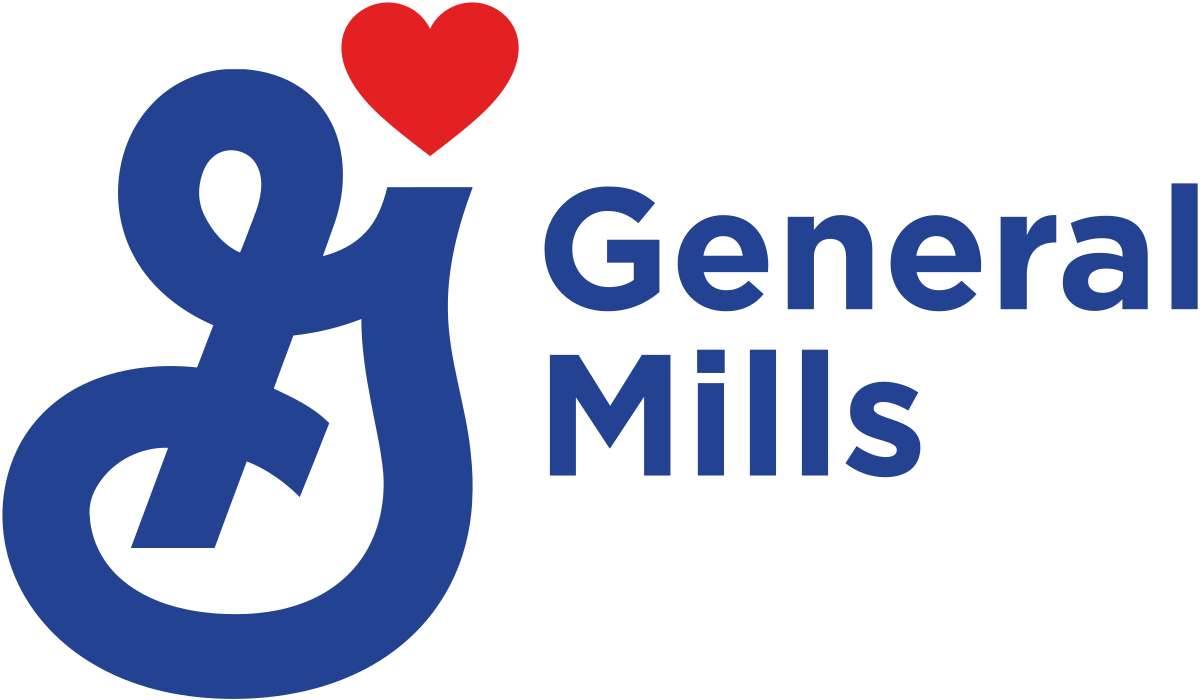Healthy soil is the foundation for regenerative, climate-smart agriculture. Measuring management-induced changes in soil health can provide insight into farmers’ progress at establishing more regenerative systems and guide place-based selection of practice changes that promote enhanced ecosystem processes and services.
To identify effective and widely applicable measurements of soil health, the Soil Health Institute (SHI) conducted a 3-year, $6.5-million project that evaluated over 30 soil health indicators at 124 long-term agricultural research sites across North America where conventional systems were compared with regenerative soil health systems. Sites were selected to enable statistical assessment of each soil measurement across a continental range in climates, soils, cropping systems, and management practices to identify a minimal suite of measurements that are cost-effective, interpretable, and responsive to soil health promoting practices.
Based on these results, SHI recommends three measurements to be widely applied across North America (and likely beyond). Those measurements include:
- soil organic carbon concentration
- carbon mineralization potential
- aggregate stability
| Measurement | Method | Reflected Outcome |
|---|---|---|
| Organic Carbon Concentration | Dry combustion. For calcareous soil: Total C – Inorganic C |
|
| Carbon Mineralization Potential | 24-hr CO2 burst resulting from rewetting air dried, sieved soil |
|
| Aggregate Stability | 10-min change in slaking via image analysis |
|
While these three metrics provide a minimum suite of widely applicable measurements for assessing soil health, additional measurements may be included depending on the landowner’s or researcher’s objectives. For example, adding soil texture to this list of measurements allows us to calculate a soil’s available water holding capacity. We can then show a farmer how much more water they can store by increasing their organic carbon and improving soil health. Because management does not change soil texture (sand, silt, and clay), it only needs to be measured once.
Together, these three indicators and predicted available water holding capacity can inform stakeholders on how soil health management practices affect soil’s ability to support biomass production; store, filter, and transform nutrients and water; host biodiversity; and regulate C pools. This minimal suite of soil health indicators is expected to increase the number of stakeholders capable of quantitatively testing and monitoring their soil, which in turn may increase adoption of management practices that result in healthier soils.

















